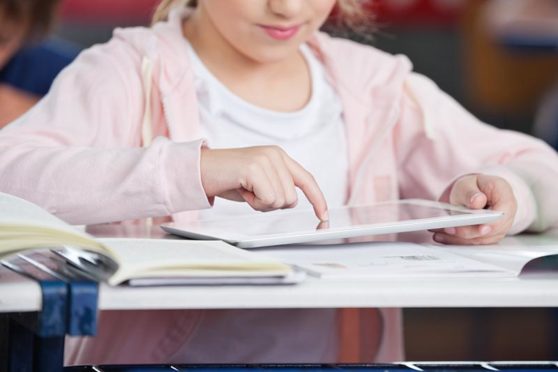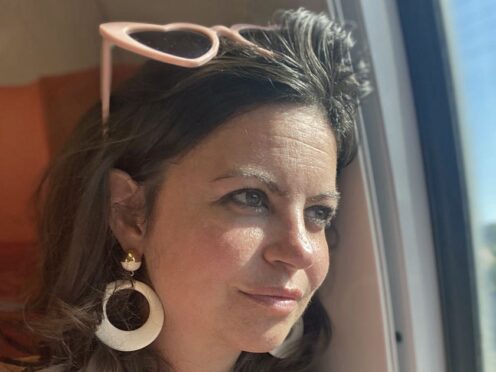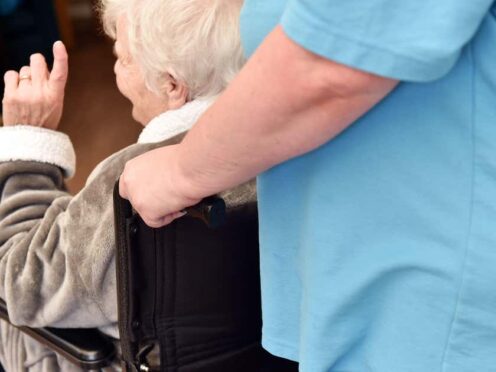On August 20, ISA students returned to their school building after almost five months away – but not five months away from school: from March to June, they logged on each morning to their regular lessons, met their teachers and classmates online, even participating in assemblies, concerts, celebrations and clubs far from the physical spaces that would normally have contained all these activities.
ISA’s Virtual School was much acclaimed and appreciated by the whole ISA community. It provided students with a sense of routine, purpose, and affinity throughout the challenges everyone faced during lockdown.
However, no one pretended that this was the way of the future; that even after restrictions eased, pupils and staff would want to continue with this way of learning.
The school community wanted to be back in the building and worked hard over the summer to make it as safe as possible in the current circumstances. The school meticulously planned how students would be dropped off and picked up safely.
Classrooms were reorganised and learning areas redefined. Hand sanitiser stations were installed outside every classroom and frequent routines for handwashing and room cleaning implemented.
It is great to be back but students are not in the building in the same way as a year ago.
ISA’s new health and safety procedures don’t stop at the front door but are effective throughout the day. Nevertheless, students continue to thrive because the school’s approach to learning is centred on them – not the teachers, not the curriculum, and not the institution.
What does this mean in practice?
First, student wellbeing is the foundation of what every school does. It is what ISA describes in its mission statement as ‘a safe and caring learning environment.’
It is not just physical safety, but increasingly, in this time of uncertainty, emotional security too. ISA has full-time counsellors onsite which help a lot, but it is more about a general approach: small class sizes, an open attitude of listening and responding to concerns, recognising the challenges of current and changing situations, and supporting students through it.
ISA’s student-centred approach focuses not on what students learn, but how students learn.
First there is choice. This choice, or student agency, gives students the power to take responsibility for their learning, creating independent and self-regulating learners.
From pre-school, just aged three, ISA students can study French or Spanish. They enjoy music, drama and art so they can make more informed choices when they specialise in Middle School. A student-centred approach is about opportunity, something the school has come to appreciate as more and more restrictions have been put in place during the pandemic.
Grade 6 students are starting a new computer programming course this year, and those who have been at the school a while are joining extended language classes so that they can graduate proficient in a foreign language. In today’s globalised world, these are opportunities not to be missed.
There are not just choices and opportunities in and between subjects but within them as well.
Every student between Grades 4 and 10 is issued with their own Chromebook, which all but Grade 4, take home as well. Teachers now routinely design their lessons within the digital environment.
In the building, this means students have greater choice in how they engage with information and express themselves. It means that if they are off, course material is easily available, not to mention that the school is very well prepared if it needs to switch to virtual or blended learning in the months ahead.
The key to ISA’s success with the virtual school last semester and its preparedness for the challenges ahead undoubtedly lies in the role of its teachers and the aptitudes encouraged in its students. Technology was of course crucial, providing alternative teaching options.
The content of lessons no longer has to be delivered by teachers standing at the front of a classroom or in front of a screen. Students can engage with relevant material for themselves.
Command and control is a thing of the past and this allows teachers the freedom to work with students individually or in small groups to help them take the next steps in their own personal learning journey.
More importantly they learn how to continue and extend that learning journey. That it isn’t something that happens to them, it is something they drive and are responsible for and this ability to make their own learning decisions triggers a greater investment of interest and motivation.
Covid-19 has asked many questions about how we do things across Scotland, the UK and the world. What is really important? How do we maintain that?
Schools have had to look carefully at safety, while ensuring that students continue to thrive. The old ways of students moving forward in unison on the command of a teacher just don’t work anymore and have never allowed each child to reach their maximum potential.
At ISA students are empowered to take control over their own learning in a caring, encouraging and supportive environment.
ISA is glad to be back in its first-rate facility, but learning happens within the students, no matter where they are.
Why not join ISA’s next virtual open morning on Friday October 2. For more details and to register, visit the Open Morning page on the ISA website.










